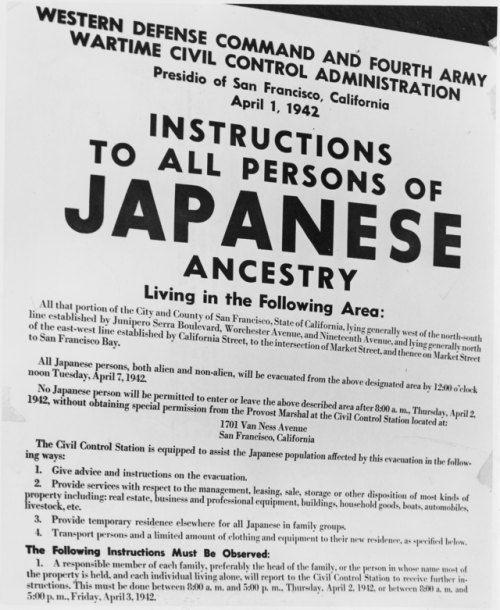


Conversely, when the Federal Reserve lowered interest rates, gold would flow from its coffers into the hands of the public both at home and overseas.ĭuring the financial crisis of 1933 that culminated in the banking holiday in March 1933, large quantities of gold flowed out from the Federal Reserve.
#List of executive orders issued by theodore roosevelt free
The Federal Reserve could increase the stock of free gold by increasing interest rates, which encouraged Americans to deposit in banks and encouraged foreigners to invest in the United States, shifting gold from the pockets of the public (both here and abroad) to the vaults of Federal Reserve district and member banks. Bankers called the excess “free gold.” The Federal Reserve needed a stock of free gold sufficient to satisfy redemption requests that might occur in the near future. The Federal Reserve typically held more than enough gold to back the currency it had issued. The law required the Federal Reserve to hold gold equal to 40 percent of the value of the currency it issued (technically termed the Federal Reserve Note but colloquially called the dollar) and to convert those dollars into gold at a fixed price of $20.67 per ounce of pure gold. In 1913 the gold standard was built into the framework of the Federal Reserve. The United States had been on a de facto gold standard since the 1830s and de jure gold standard since 1900. The Roosevelt administration’s policies regarding gold and dollars were controversial and consequential.


 0 kommentar(er)
0 kommentar(er)
